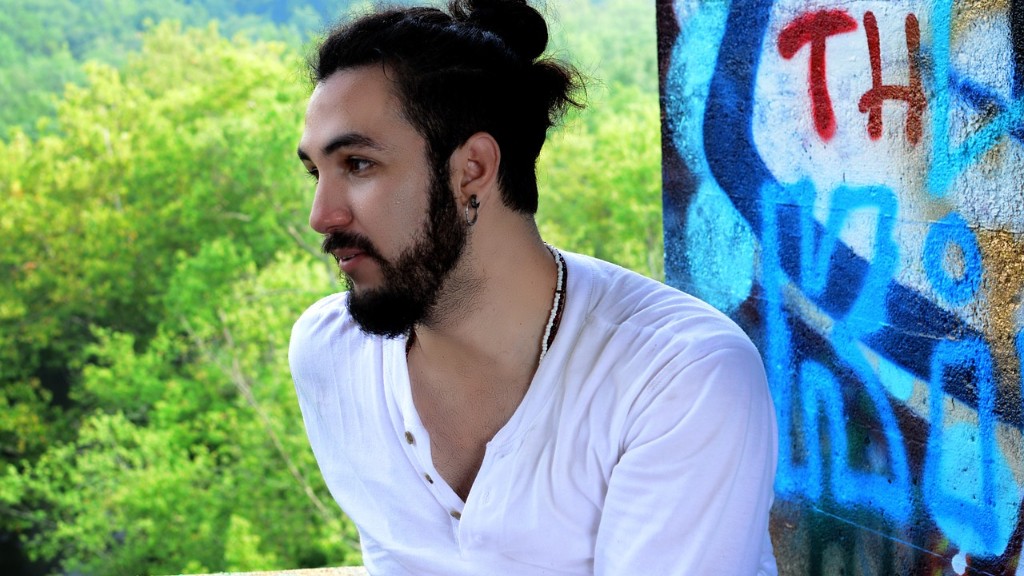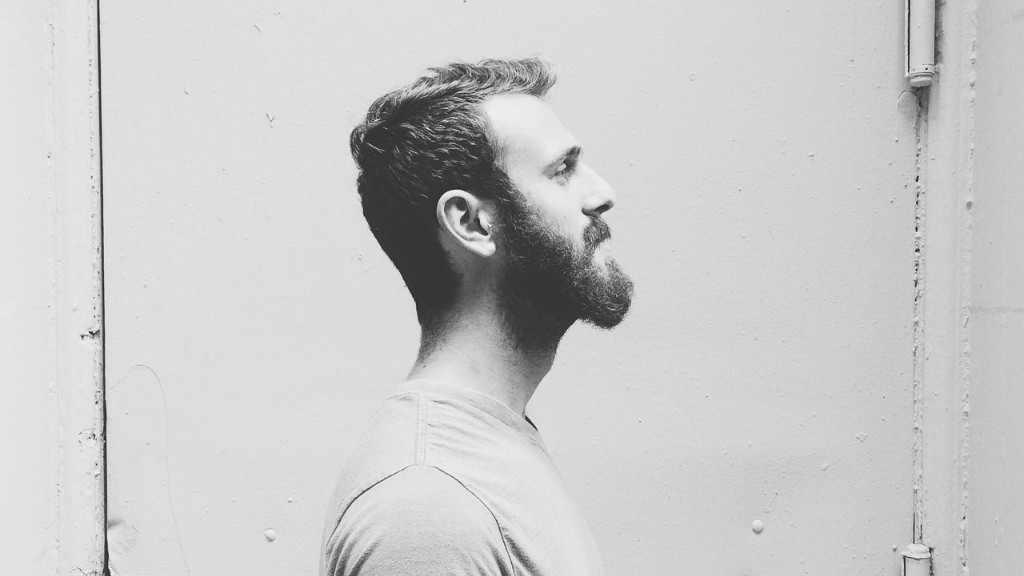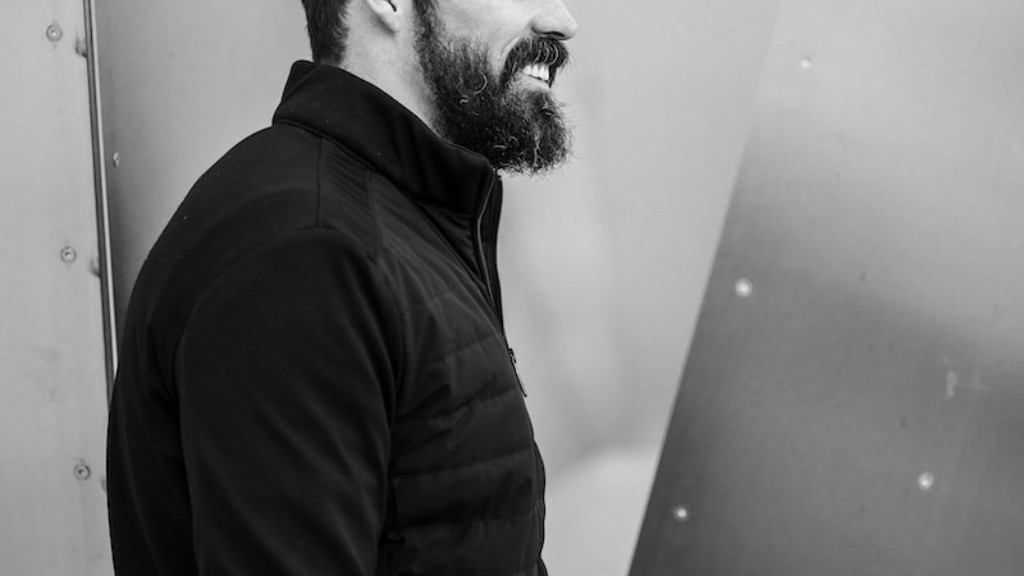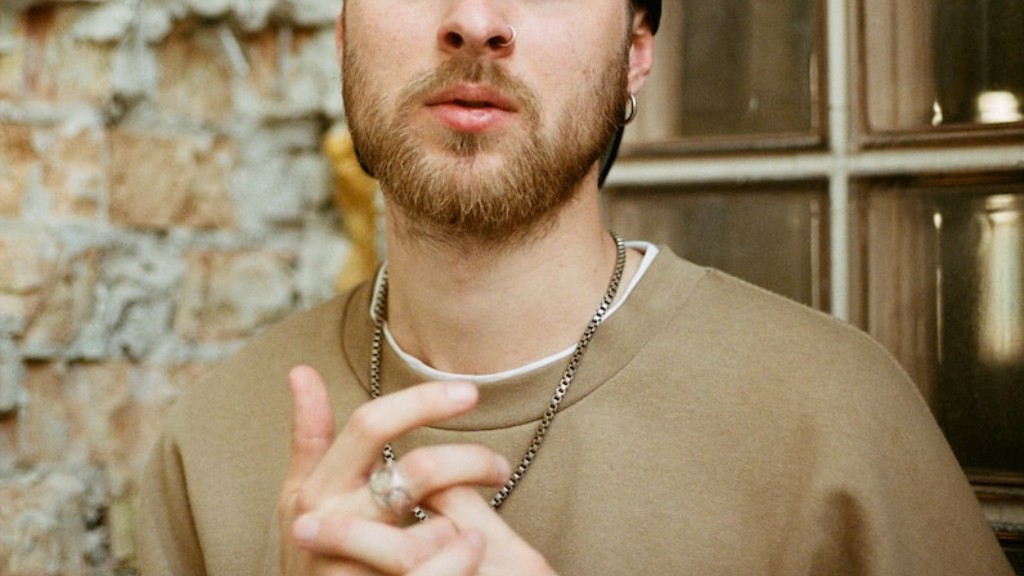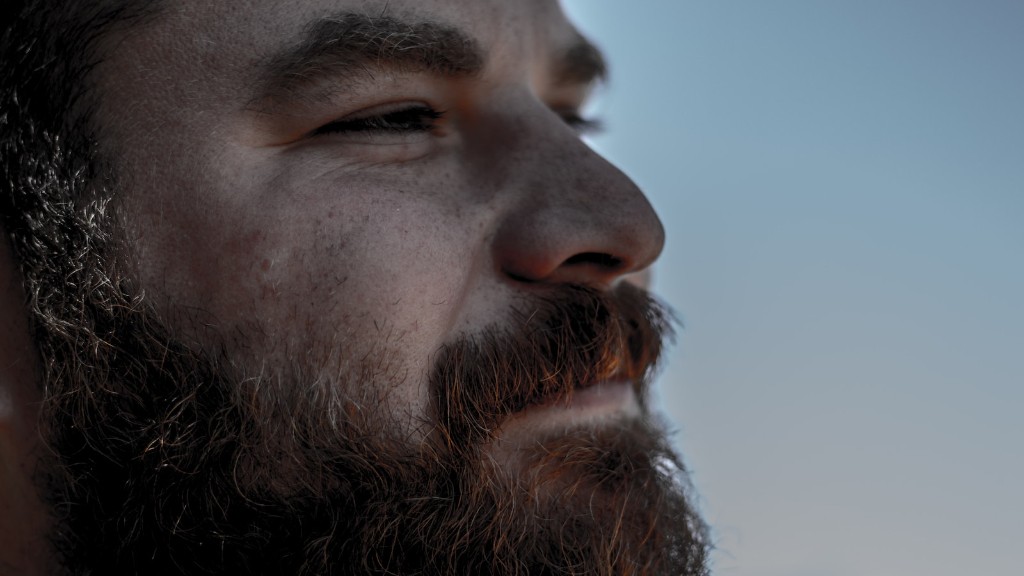The answer to this question depends upon the company’s policy and the employee’s job. Some companies have a strict no-beard policy due to the potential safety hazard it poses for the employee wearing a respirator. Other companies are more lenient and allow beards as long as the employee is able to properly seal the respirator to their face. Ultimately, it is up to the company to decide whether or not an employee can have a beard and wear a respirator.
Yes, an employee can have a beard and wear a respirator.
Do respirators work if you have a beard?
Respirators shall not be worn when conditions prevent a good face seal. Such conditions may be a growth of beard, sideburns, a skull cap that projects under the facepiece, or temple pieces on glasses.
Facial deformities, facial hair, and perforated tympanic membranes can all prevent a respirator from forming a proper seal to the face. This can lead to respiratory diseases affecting pulmonary function, as well as symptomatic coronary artery disease, arrhythmias, or recent myocardial infarction.
Do you have to be clean shaven for a respirator fit test
There are two main reasons for why staff must be clean shaven where the respirator seals to the face. The first reason is for fit testing, and the second reason is for when the respirator is actually being worn. Acceptable facial hair for respirator fit testing and use does not interfere with the respirator sealing surface or valve function.
Employers have the right to set their own dress and grooming codes, including standards for facial hair. However, these standards must not infringe on the employee’s civil rights or cause undue hardship.
Can you pass n95 fit test with beard?
If you have facial hair, you will not be able to wear a respirator with a tight-fitting facepiece. The facial hair will interfere with the seal of the respirator and may cause it to leak.
The standard states that the employer cannot permit respirators with tight-fitting facepieces to be worn by employees who have facial hair that comes between the sealing surface of the facepiece and the face, or that interferes with valve function. This is because facial hair can prevent a proper seal from being achieved, which could lead to exposure to hazardous substances.
What are the requirements for wearing a respirator?
Before an employee dons a respirator, they must be medically cleared to do so by a physician or other licensed healthcare professional. Part of the medical clearance process is that the employee must answer a medical questionnaire.
If your employer permits you to wear a respirator where it is not required, you may do so if you feel it is necessary. However, your employer must ensure that its use does not present a health hazard to you.
When should a respirator not be worn
Workers with beards or long sideburns may not wear respirators because the hair breaks the seal between the skin and the respirator mask. Wearing eyeglasses would also break the respirator seal.
The standard states that the employer cannot permit respirators with tight-fitting facepieces to be worn by employees who have facial hair that comes between the sealing surface of the facepiece and the face, or that interferes with valve function. This is to ensure that the respirator works properly and that the individual wearing it is protected from exposure to hazardous materials.
What is medically required beard?
The standards for growing a beard for medical reasons remain unchanged, the Air Force said. The facial hair cannot exceed one-quarter of an inch, must be grown out naturally and cannot be shaped or styled.
As an employer, you are well within your rights to not allow respirators with tight-fitting facepieces to be worn by employees who have facial hair that comes between the sealing surface of the facepiece and the face or that interferes with valve function. This is for the safety of the employees, as well as for the efficacy of the respirator itself.
What jobs prohibit beards
Although most departments have a strict no-beard policy, there are a few that are now allowing bearded officers. The bearded officers must keep their facial hair trimmed and neat.
A well-groomed beard can help you look more professional and put-together, even if it’s on the shorter side. Keep your beard trimmed and tidy, and make sure to style it so that it complements your face shape. Avoid fly-aways and scraggly hairs, and you should be good to go!
Why do jobs not allow beards?
While beards may be seen as unhygienic and untidy by some, it is important to remember that this is simply a stereotype. Just because someone has a beard does not mean that they have a low level of personal hygiene. In fact, many people with beards take great care to keep them clean and well-groomed.
It is important to note that loose-fitting respirators do not rely on a tight seal with the face in order to provide protection. This means that users can keep their beard, moustache, and sideburns and still be safe. This is an important consideration for those who may not be able to achieve a tight seal with their face.
Final Words
Yes, an employee can have a beard and wear a respirator. Some respirators are designed to fit over facial hair, and others have special sealing leashes that can be used with facial hair.
Yes, employees can have beards and still wear respirators. However, the beard must not interfere with the seal of the respirator.
